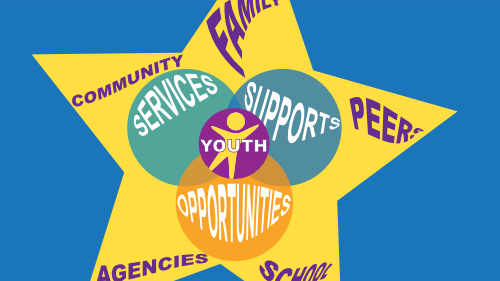Recruitment and Retention
Use these resources to assess and improve participation in youth development programs. Always remember that your first step should be to involve youth in program planning from the start!
Youth Involvement and Engagement Assessment Tool
This assessment tool, which can be used regularly as part of continuous quality improvement, includes suggestions for low participant retention scores. Youth.gov.
Five Strategies for Successful Recruitment and Retention of Children and Families in Human Service Programs
The goal of this toolkit is to increase participation in human service programs for such issues as behavioral health, substance use, stress management, parenting, and healthy relationships. This toolkit provides strategies for developing a strong recruitment and retention plan. RAND Corporation.
Recruitment and Retention Resource Guide
This guide for youth service providers includes information about promoting collaborative referrals, establishing strong partnerships, minimizing barriers to participation, and empowering youth to contribute. Family & Youth Services Bureau.
Strategies for Recruiting and Retaining Participants in Prevention Programs
There are many obstacles to successful participant recruitment and retention. In this Research to Practice brief, the authors briefly outline strategies to overcome these obstacles. University of Wisconsin-Madison.
Recruitment of Program Participants: Planning Questions
Based on the University of Wisconsin-Madison resource above, these questions will help you consider the scope of planning needed for successful participant recruitment and retention. ACT for Youth.
Internet Advertising to Recruit Youth
These brief videos offer tips and strategies for using online advertising to recruit youth into programs. Healthy Teen Network.




